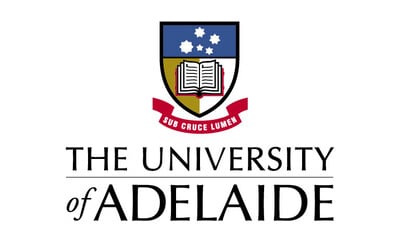Lumen Wirltuti:Warltati 2025 - Flipbook - Page 44

Giving
From flower
fields to deep
space
How a common backyard daisy
is helping to fight cancer
By Claire Bowman
In a world racing towards the future, the South Australian
immunoGENomics Cancer Institute (SAiGENCI) is
re-engineering a millennia-old natural remedy to solve
uniquely modern problems.
The ‘Daisy Project’, led by Professor Christopher Sweeney, is
harnessing the power of nature to revolutionise cancer treatment
and protect human health in extreme conditions, from high-tech
defence scenarios to deep space.
The project explores the potential of parthenolide –
a natural compound extracted from the feverfew daisy, Tanacetum
parthenium – to develop life-changing treatments for patients with
cancer. Parthenolide, known for its anti-inflammatory properties,
is being used to shield healthy human tissues from the damaging
effects of radiation and to treat established cancers.
For SAiGENCI supporter Fiona Hemstock, this project is
important on a number of levels, including as a cancer survivor.
Through her support, Fiona has provided vital lab equipment in
honour of her late uncle, prominent cancer researcher and former
University staff member Professor Graham E. Lewis.
Fiona says it is “breath-taking” to know that she is helping those
facing cancer. “When I realised that radiotherapy patients would
not have to go through the trauma of the ‘sunburn’ that affects
surrounding tissues, I immediately thought of three brave people
I know who would have benefited hugely from this new treatment.”
As well as the challenges of extracting the parthenolide from the
plant, the drug must be formulated in a way that it can be taken
as a tablet and absorbed into the blood circulation, to effectively
deliver it to the tumours and tissues.
“This is not a unique problem,” Chris explains. “Many other
anti-cancer and heart therapy drugs as well as many antibiotics are
from plants or fungi. One of the best local examples is that while
Fleming discovered penicillin in 1928, it took Florey’s expertise to
make a formulation to give to patients for the first time in 1941.
The SAiGENCI team has shown that parthenolide kills cancer
cells and makes other anti-cancer therapies more effective and less
toxic to normal cells. Chris Sweeney is inspired by working with
nature to harness this promising compound, which can’t yet be
synthesised by chemists. “Mother Nature has been able to create
parthenolide over many years to help keep the plant, feverfew,
healthy and protect it from sunlight damage,” he says.
“I am hoping more research will be focused on studying the
medicinal properties of plants with special attention to working
with the Indigenous community to learn from their thousands of
years of experience.”
44